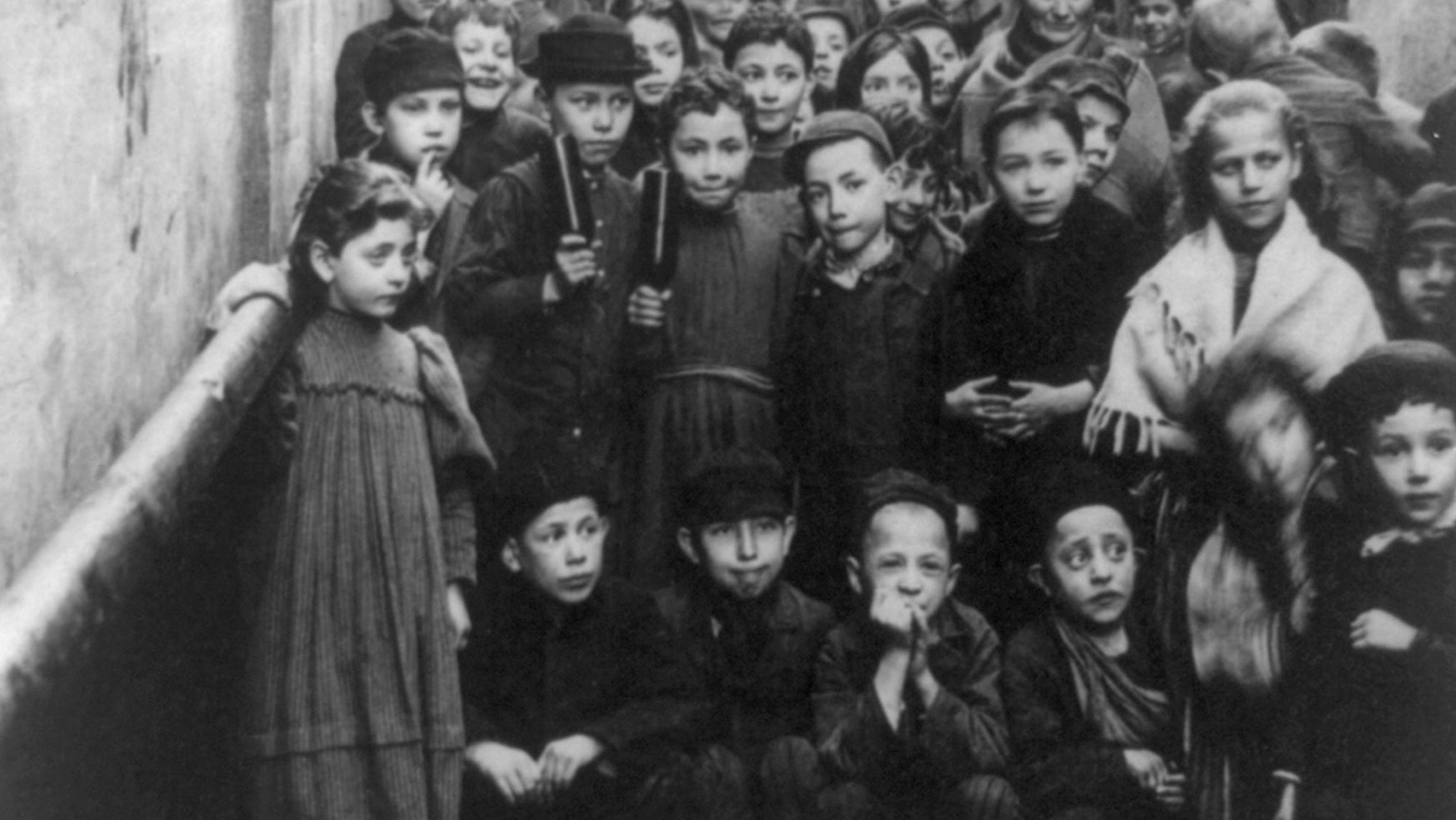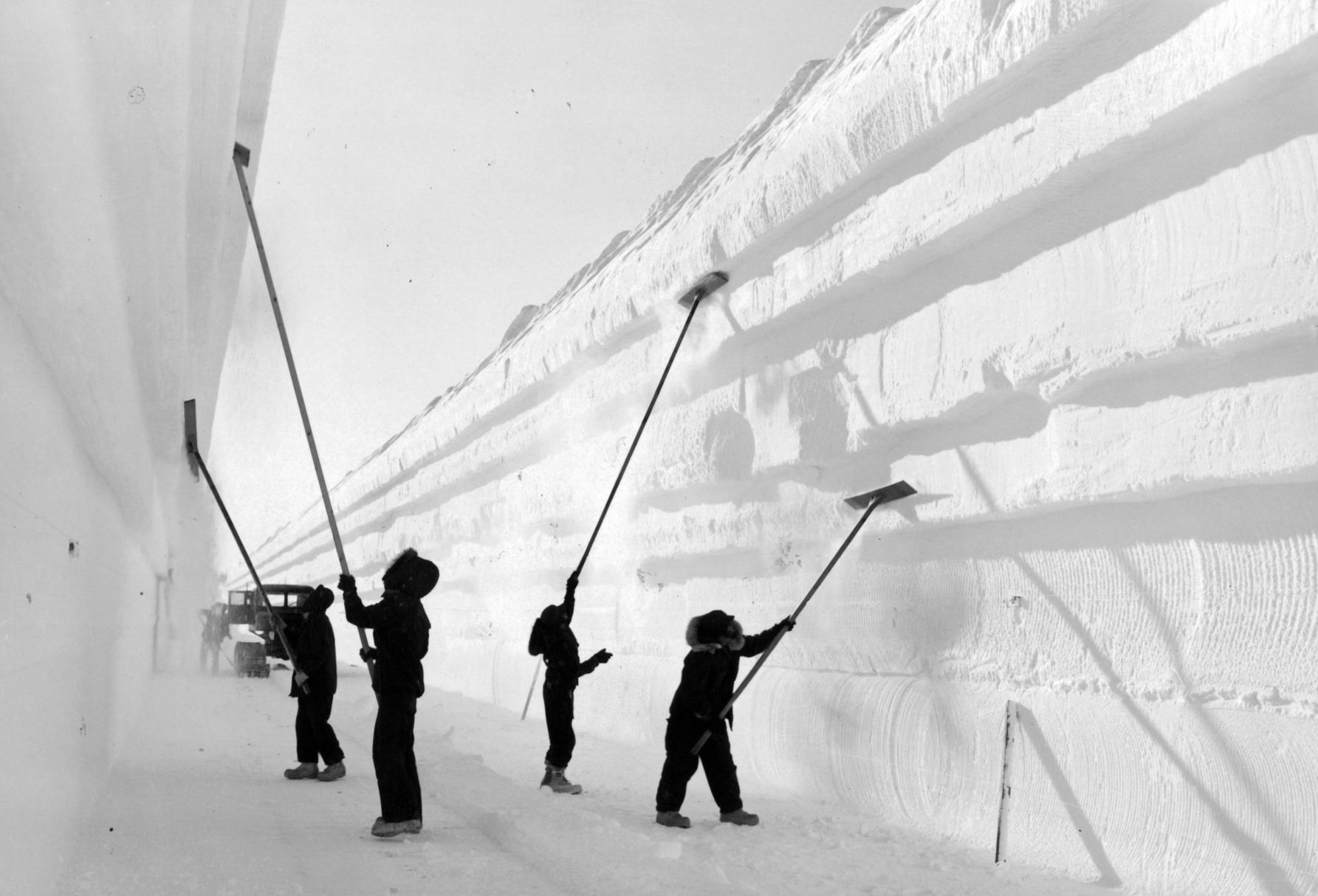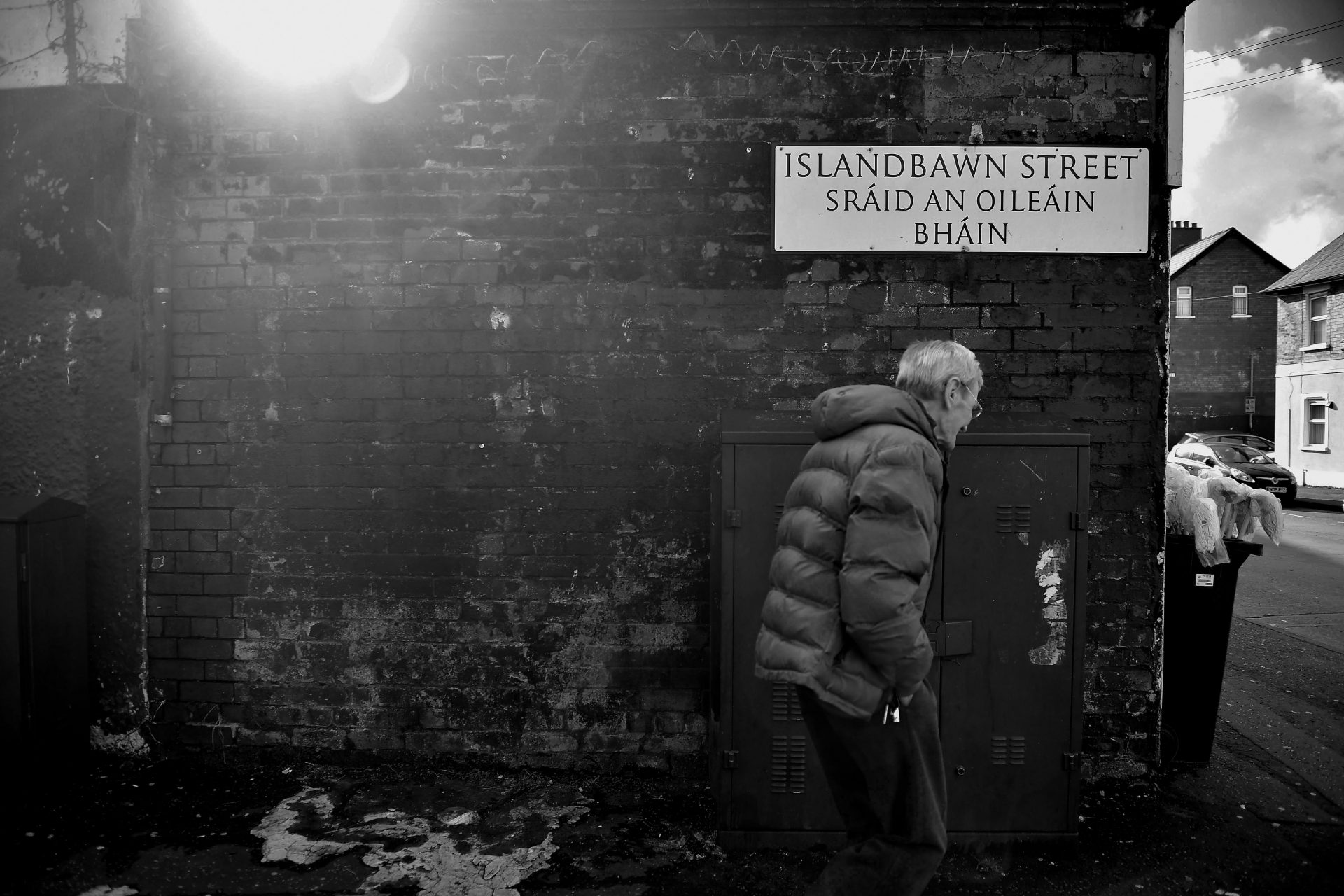
A recent correspondent to the letters page asked about the relationship between the Yiddish language and German, in the context of the Yiddish “song of the Vilnius ghetto”, Zog nit keyn mol, as discussed in Sophia Deboick’s article “The Accordionist of Auschwitz”, about the late Esther Béjarano (TNE, #255).
Yiddish – the name is a version of German Jüdisch, ‘Jewish’ – is certainly historically a variety of the German language, with an originally mediaeval Rhineland and/ or Bavarian dialect base.
But it is widely regarded as a language different from German. This is not least because it contains many religious and other vocabulary items derived from liturgical Hebrew and Aramaic, which are unknown to other German speakers; but also because it is generally written using the Hebrew alphabet, and so looks very different on the written page from all other forms of German.
Nevertheless, no German speaker would have any trouble at all in understanding what the title of the song of the Vilnius ghetto means.
A word-for-word translation into German of Zog nit keyn mol would be Sag nicht kein mal, which is literally “say not no time” – or “never say”: the full first line of the song in English translation is Never say that you are walking the last road.
In the Middle Ages, because of dreadful religious and racial persecution, very many German Jewish communities fled eastwards out of the Rhineland and across Germany into the lands of the more enlightened and tolerant Polish-Lithuanian Commonwealth.
There, surrounded by speakers of languages such as Polish, Ukrainian and Russian, the language of the Jews was gradually but quite significantly influenced by Slavic vocabulary and grammatical structures.
Linguistically-informed maps of Yiddish dialects, as they were when spoken at the beginning of the 20th century, show a major dialectological division between Western Yiddish and Eastern Yiddish.
Western Yiddish dialects were spoken in eastern France, northern Italy, Germany, Switzerland, and Austria – with much of this area being German-speaking territory.
There was then a transitional zone between the Western and Eastern dialect areas which ran through central Poland on down through western Hungary.
The Eastern dialect zone itself was subdivided into Central Yiddish, as spoken in Warsaw (Varshe in Yiddish, where about 50% of the population were Jewish), Lublin, Lviv, and Bucharest; South Yiddish, spoken in Kiev and Odessa; and the North Yiddish of Riga, Vilnius (Vilne), Minsk, and Moscow (Moskve).
The Slavic influence was thus strongest amongst the Eastern Yiddish dialects, which are demographically also the strongest varieties of the language as they are spoken today.
After the appalling tragedy of the Nazi genocide, the language was horribly diminished (as was also the Romany language of the Gypsies). Of all the Jews who were murdered in the concentration camps, probably around 80-90% were Yiddish speakers.
After the Second World War, the new Jewish state of Israel did little to encourage or preserve the use of Yiddish. But Yiddish-speaking communities do survive today in many parts of the world, notably in New York, London, Antwerp and Tel Aviv.
A little of the language also survives in the form of a number of modern English words which have been borrowed from Yiddish, particularly perhaps the English of New York City.
But not only New York: most of us will be familiar with Yiddish items such as glitch, nosh, schmaltz, and schnoz.
German and Yiddish
The father of a Jewish friend of mine, born before the First World War in the East End of London, refused for decades to travel to Germany. In later life, however, he was eventually persuaded to visit the country. He came back reporting that “one good thing about Germany is: they all speak Yiddish”!



